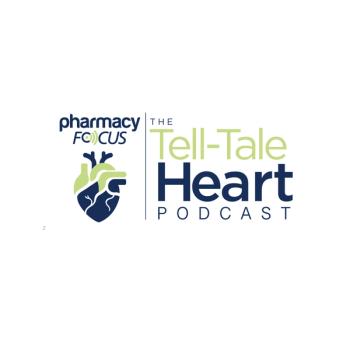
Report: Increases in Drug Rebates Associated with Rise in list Prices
According to a new report from the Leonard D. Schaeffer Center for Health Policy and Economics, a $1 increase in drug rebates was associated with a $1.17 rise in list prices, hurting uninsured patients who pay list prices and insured patients who pay coinsurance and deductibles based on list prices.
According to a new report from the Leonard D. Schaeffer Center for Health Policy and Economics, a $1 increase in drug rebates was associated with a $1.17 rise in list prices, hurting uninsured patients who pay list prices and insured patients who pay coinsurance and deductibles based on list prices.
The authors noted that there are competing theories about the drivers behind growing list prices. Some argue that manufacturers cause the increases because they unilaterally set list prices. Others point out that demands by pharmacy benefit managers (PBMs) for rebates drive manufacurers to raise list prices in order to maintain profit margins.
"Our finding that increased rebates are positively associated with increased list prices supports the notion that PBMs' demand for rebates is at least partly responsible for increasing list prices," the authors said in the report.
After estimating the relationship between changes in rebates and changes in list prices for each National drug Code over time, the researchers found a nearly dollar-for-dollar positive relationship. This relationship persisted when the authors controlled for time trends by drug class and when they excluded drugs with high Medicaid share.
The authors also evaluateddifferences between single-source and multi-source drugs, which showed that single-source drugs demonstrated higher average list prices and higher rebates. Although the positive relationship between rebates and list prices held true for multi-source drugs, it was stronger and had greater statistical significance for drugs that do not face generic competition.
These findings suggest that reducing or eliminating rebates altogether could result in lower list prices, according to the authors. However, they noted, any effect on insurance premiums would depend on how reducing rebates changes PBMs' formulary decisions, whether PBMs pass rebates onto insurers, and how much insurers share pass-through rebates with consumers.
"All of these effects are less likely in less competitive PBM or insurance markets," the authors said.
They also mentioned several potential policy solutions, specifically legislation that would increase transparency throughout the distribution system. This would enable a clearer picture of how rebates and drug prices are related, they said, thereby ensuring that profits throughout the system reward value-adding activities rather than anti-competitive activities.
REFERENCE
Sood N, Ribero R, Ryan M, and Van Nuys K. The Association Between Drug Rebates and List Prices. Leonard D. Schaeffer Center for Health Policy & Economics; released February 11, 2020.
Newsletter
Stay informed on drug updates, treatment guidelines, and pharmacy practice trends—subscribe to Pharmacy Times for weekly clinical insights.


















































































































































































































